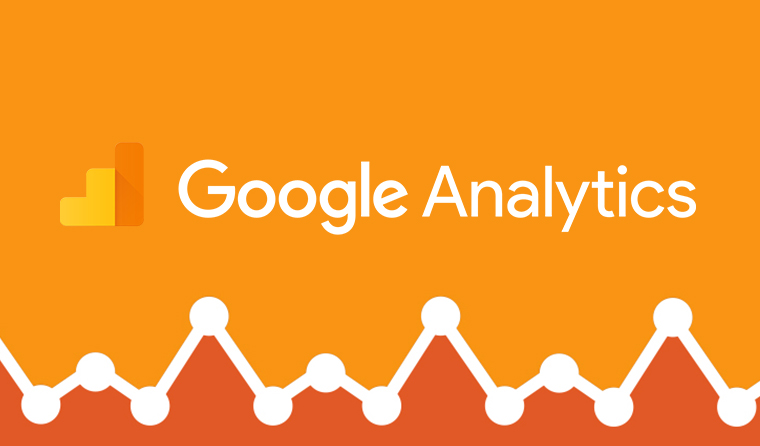Semalt: Identifying Spam And Ghost Referrals In Google Analytics

Google analytics is one of the most powerful tools used to track, monitor and report website traffic since its launching in 2005. The analytic tool has been a subject of discussion in recent times after claims of relaying false web traffic statistics. Ghost and spam referrals in Google analytic are some of the most influential activities reflecting false information to the website administrator.
In the course of this article, Jack Miller, the Semalt Senior Customer Success Manager, provides insightful information on spam and ghost referrals that link to Trojan, malware and virus attacks to computer systems.
Spam Referrals - Do You Know Them?
Google Analytics may sometimes indicate worrying traffic statistics about a website. One day the traffic flowing on a site is low and suddenly shoots up without a substantial trigger. The difference in traffic flows of a website changes dramatically from lows to highs from one day to the other or within some hours without knowing where the web visitors originate. Spam referrals can generate fake traffic to a website, which reflects otherwise on the Google Analytics. Without a proper monitoring mechanism to detect spam and ghost referrals, malware and virus can invade the system as well. The fake visitors can build a false hope to the owner of the site to deny them a lot of revenue.

Spam Traffic
Spam and ghost referrals register false statistics on the Google Analytics. Internet users that do not visit the website register as real traffic. Spam traffic can create revenue losses to the owner of the website just like Trojan, virus, and malware. Prevention and removal of spam traffic can facilitate accurate traffic statistics.
Types of Spam
There exist two type of spam that alters the real statistics of visitors on a website as registered on the Google Analytics. Spam can either be a spam referral or a ghost referral. While ghost referrals register as real visitors on the website even without visiting the site, spam referrals do an automatic search through a website that messes up data. Just as malware and viruses, spam needs elimination to create sanity on the website.
Identify Spam Traffic
Not all links linked through emails, website, and social media are friendly to the computer security. Clicking referred links with a lot of cautions is important. Shared links can download malware, viruses, and Trojan to cause serious harm to the computer. Using antivirus software can help monitoring the security of the system before connecting to the internet.
Finding Spam Referral links in Data
The Referrals menu under All Traffic in the Acquisition section found in the Google Analytics account provides an overview of the visitors of a website. Clicking on the "advanced' link provides an option to filtrate sessions. One visiting link occurring more than ten times may influence the traffic statistics to a large extent and may result from spam referrals.